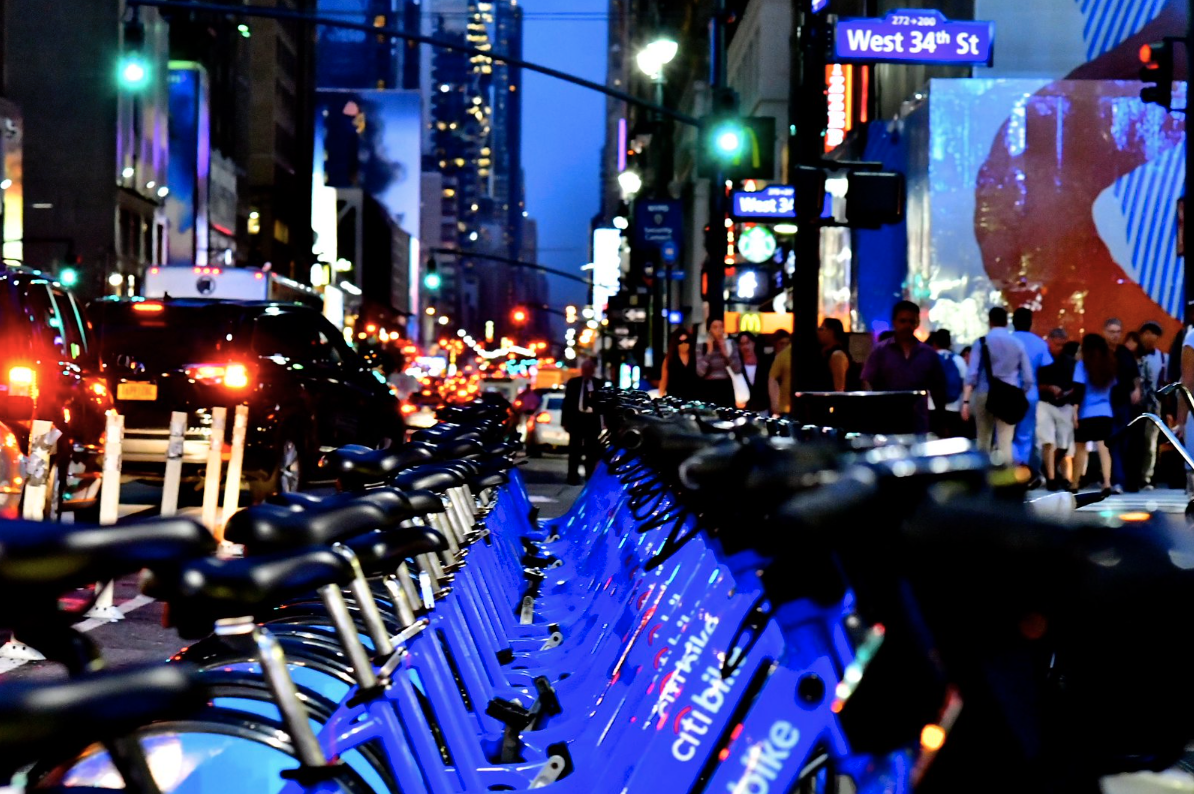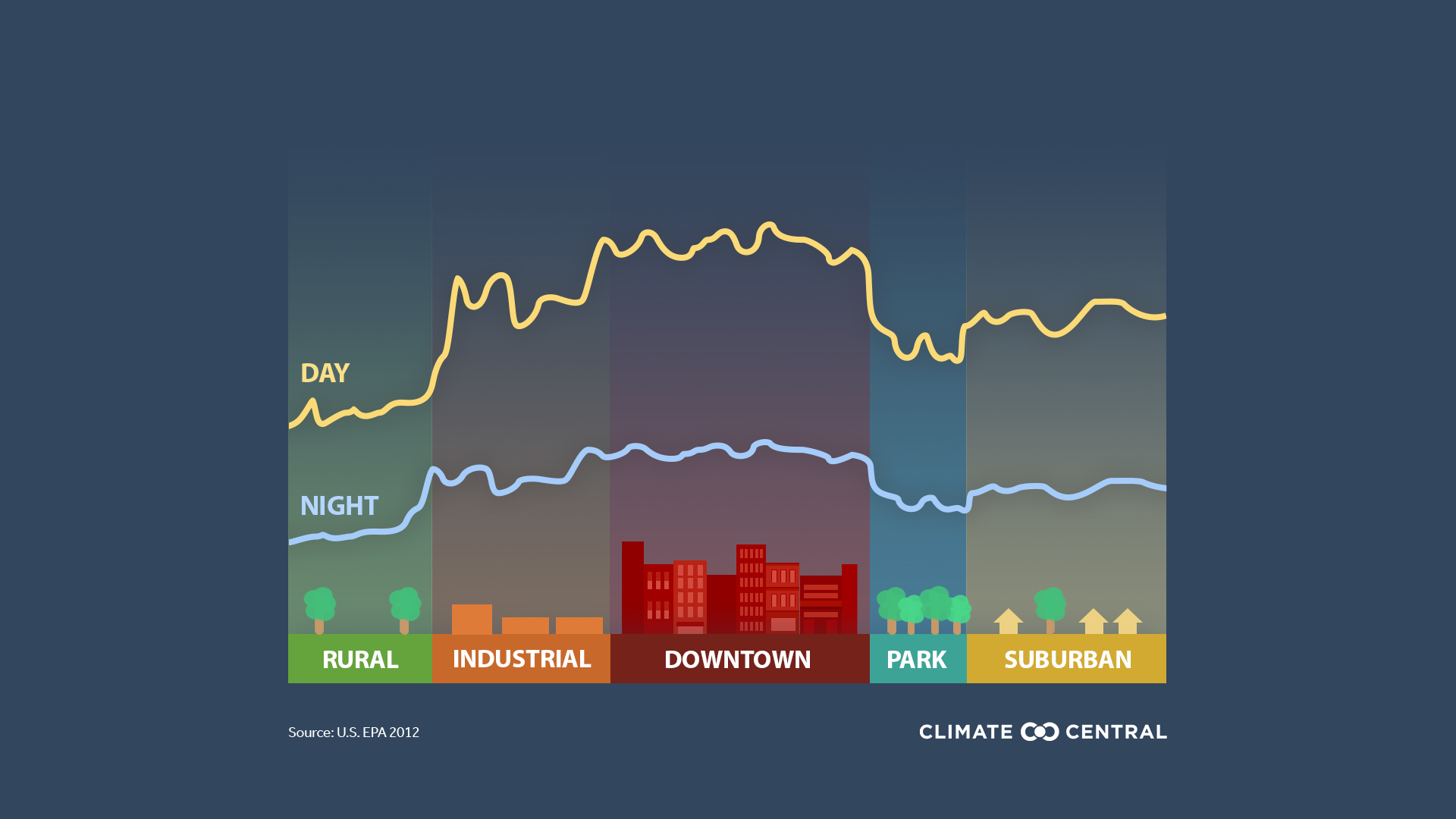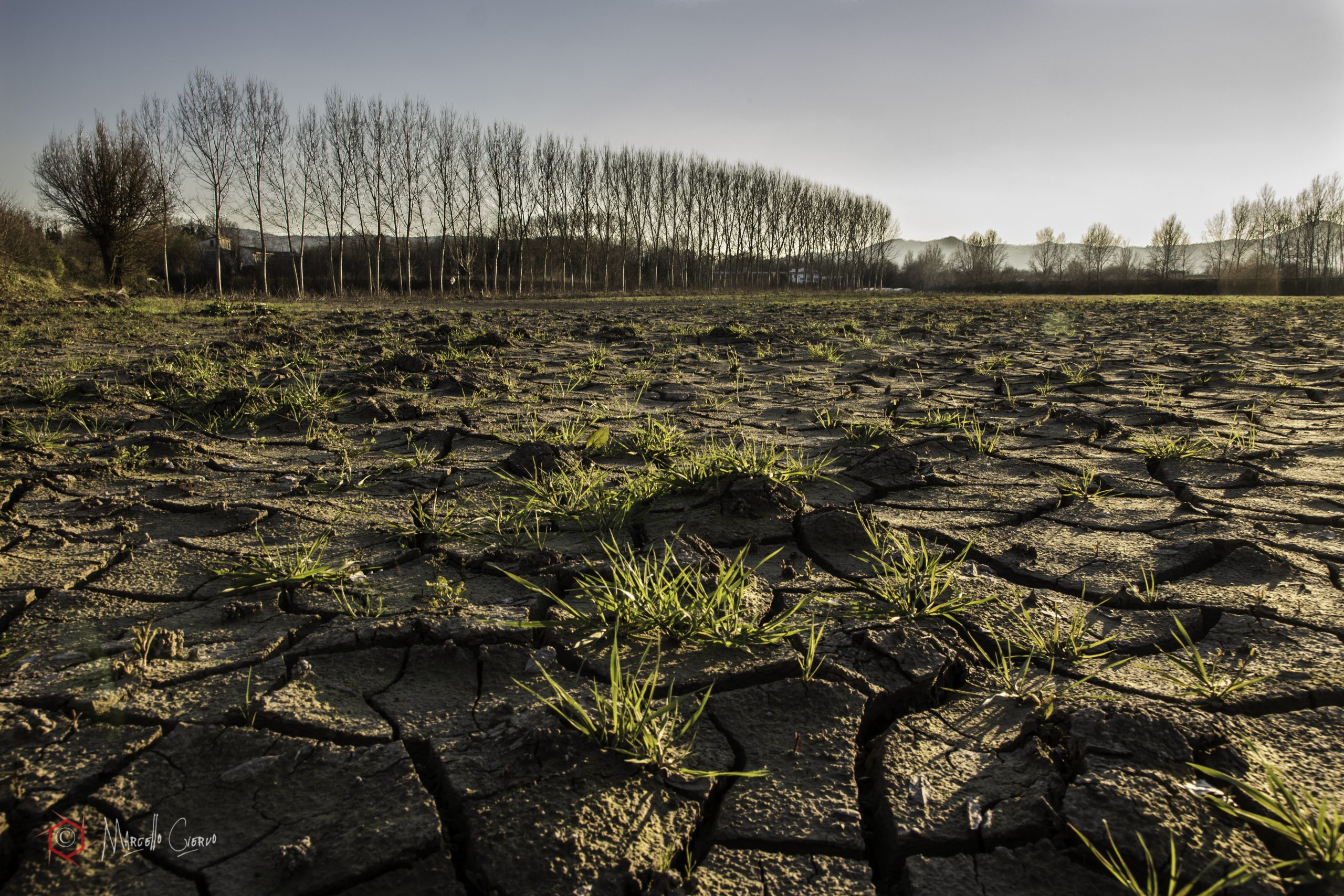12 Urban Heat Island Effect Impacts Human Health
Grant Wang
 Introduction
Introduction
As a result of the alarming acceleration of environmental change brought on by global warming, ecological conditions threaten human existence and constrain economic progress. Because of climate change, individuals and communities may be able to foresee shifts in the frequency, timing, or intensity of climate-related threats. It is thought that this affects both the people’s physical and mental health in the state of Washington. The ever-increasing impact that the heat island effect has on human life is among the most important of these factors. In addition, the heat island effect drives the prices of numerous less obvious goods and services, such as healthcare and utility bills. As a result, the reduction of the effect of heat islands has become the principal focus of research efforts made by environmental organizations.
Severe Issue
As opposed to natural landscapes like forests and water bodies, buildings, roads, and other infrastructure are better at absorbing and reflecting heat from the sun. Urban areas form “islands” with greater temperatures than surrounding areas due to the housing, roads, and greenery concentration. “Heat islands” are the term for these hot spots. Under different circumstances, such as day or night, in small or large cities, in suburban settings, in northern or southern climes, and during any season, heat islands can develop.[1]The heat island effect is a problem in a number of the top cosmopolitan cities in the world, including New York, Tokyo, Paris, London, and Shanghai. Urban regions are densely populated, meaning many people are crammed into a limited area. Buildings are incredibly near to one another in urban areas because of the density of construction there. Engineers construct skyscrapers by building upward when a metropolitan region runs out of room to grow. Because of all the building, waste heat—heat that is through the insulation—had nowhere to go. Buildings, both inside and outside, are heated. As it builds up, the heat island effect becomes progressively harsher.

Both meteorological and physiographic elements are thought to have a role in forming urban heat islands. Perceived factors, in particular, have a more significant effect on urban heat islands. The most alarming is the steady deterioration of the urban environment.[2] We must first understand how nature uses heat. Transpiration is the process by which living plants lose water from the surface of their bodies, primarily their leaves, to the atmosphere in the form of water vapor, which cools the air. To absorb the heat from the atmosphere, bodies of water rely on the evaporation of surface water. However, cities have a severe lack of natural landscapes due to the numerous tall concrete buildings that are present there. More solar heat can be absorbed and dissipated by urban artificial materials than by trees and waterbodies because asphalt roads and buildings constructed by humans have better thermal conductivity. Over a day’s worth of sunlight, the heat island effect accumulates and is most noticeable just after sunset.

Consequences and Difficulties
With rising urban temperatures comes a corresponding rise in energy demand, which in turn necessitates the constant operation of industrial power plants to supply the city with electricity; however, the burning of coal to generate electricity in factories increases greenhouse gas emissions, which in turn can exacerbate the greenhouse effect, which in turn can lead to a wide range of disastrous environmental outcomes, including increased coastal flooding and desertification. In its most recent biennial report on global food and agriculture, the Food and Agriculture Organization of the United Nations (FAO) warns that a decline in agricultural production would lead to food shortages, most severely affecting sub-Saharan Africa and South Asia. FAO claims that climate change is raising serious doubts about food availability. [3]Glacier melting and the comeback of viruses frozen in glaciers increase the likelihood of epidemic diseases due to the greenhouse effect.[4]
The urban heat island effect severely harms human health. Cities’ excessively high temperatures cause numerous heat-related disorders. [5]General malaise, respiratory discomfort, heat exhaustion, and heat stroke are a few of these illnesses. The heat island effect is hazardous for vulnerable groups like the elderly and children. Asthma and lung disease, which are all impacted by the urban heat island effect, are substantially more likely to strike vulnerable populations with increased inhaled particles. Seven hundred two deaths on average every year in the United States. These figures include fatalities for which heat was the primary cause and ends for which heat was a contributing factor.[6]
Reaction
Everyone should consider ways in which the heat island effect can be mitigated. Increasing the quantity of shadow surrounding structures will safeguard them. Together with the cooling effects of evaporation, the shade provided by trees and other plants can help to reduce both the surface and air temperatures. The presence of trees and vegetation that cast direct shade can reduce the need for air conditioning, resulting in increased comfort and lower overall energy costs. Trees can also protect your family’s health because they improve air quality, provide shade for outdoor activities, and block potentially harmful ultraviolet radiation. Next, to reduce the impact of the heat island effect, use environmentally friendly building materials, add vegetation to the rooftops of buildings, and employ reflective building materials.[7]
Seattle’s urban heat island effect has a maximum temperature of 6 degrees Fahrenheit over the local baseline. Yet, only a tiny fraction of the population resides in locations above the baseline. At the height of Seattle’s urban heat island effect, local temperatures surpassed 82 degrees Fahrenheit, and the fatality rate from heat-related disorders rose by 7.7 percent.[8] Due to the increased urban heat island effect, Seattle loses many people each year, with an average of 25 days per year over 82 degrees Fahrenheit. However, urban tree planting is the best nature-based approach for reducing public stress, family energy costs, and government economic expenditures through heat absorption by trees.
Conclusion
The urban heat island effect is an urgent public health issue. This will not only hurt the economic development of the region but will also reduce the happiness of the people. It is everyone’s duty and responsibility to reduce the impact of the urban heat island effect on our lives by doing small things like turning off lights and planting trees, and moving on to Salena’s chapter: The Health Benefits of Forests Between Race & Socioeconomic Status.
- “Learn About Heat Islands.” US EPA, 2 Sept. 2022, www.epa.gov/heatislands/learn-about-heat-islands. ↵
- Urban Heat Islands | Climate Central. www.climatecentral.org/climate-matters/urban-heat-islands. ↵
- Action Against Desertification | Food and Agriculture Organization of the United Nations. www.fao.org/in-action/action-against-desertification/en. ↵
- “Las Consecuencias Del Efecto Invernadero: Desde La Desertificación a Las Inundaciones.” Iberdrola, www.iberdrola.com/sustainability/greenhouse-effects-consequences-and-impacts. ↵
- “Climate Change Indicators: Heat-Related Illnesses.” US EPA, 2 Aug. 2022, www.epa.gov/climate-indicators/heat-related-illnesses. ↵
- Vaidyanathan. A., J. Malilay, P. Schramm, and S. Saha. 2020. Heat-related deaths — United States, 2004–2018. Morbidity and Mortality Weekly Report 69(24):729–734. ↵
- https://espanol.epa.gov/la-energia-y-el-medioambiente/estrategias-de-enfriamiento-para-las-islas-de-calor ↵
- Department of Environmental Health, Harvard T.H. Chan School of Public Health. 2016. Study on the Association Between Ambient Temperature and Mortality Using Spatially Resolved Exposure Data. https://www.ncbi.nlm.nih.gov/pmc/articles/PMC5071163/ ↵

